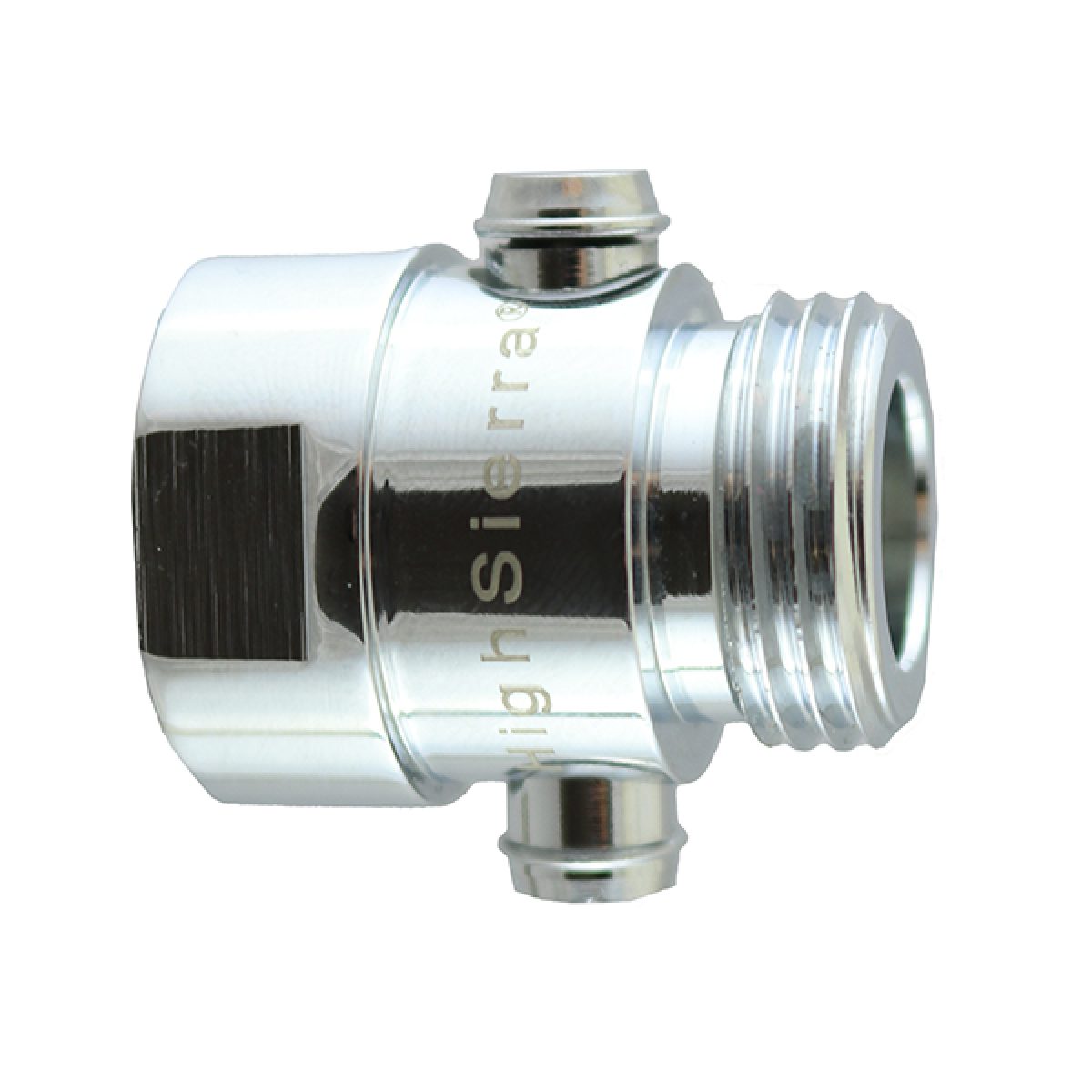

Articles
What Is A Trickle Valve On Showerhead
Modified: August 26, 2024
Discover the benefits of using a trickle valve on your showerhead with our informative articles. Find out how this simple accessory can help save water and enhance your shower experience.
(Many of the links in this article redirect to a specific reviewed product. Your purchase of these products through affiliate links helps to generate commission for Storables.com, at no extra cost. Learn more)
Introduction
Welcome to the world of showerheads, where every detail can make a difference in your showering experience. In recent years, a new feature has been gaining popularity in the world of showerheads – the trickle valve. If you’re wondering what a trickle valve is and how it can enhance your showers, you’ve come to the right place.
A trickle valve, also known as a flow-regulating valve or a flow restrictor, is a small device that is integrated into the design of a showerhead. Its purpose is to control and reduce the flow of water, resulting in a gentler and more controlled spray pattern. This allows for a more efficient use of water while still providing a satisfying shower experience.
With growing awareness about the importance of water conservation and environmental sustainability, the use of trickle valves has gained significant traction. By limiting the amount of water that flows through the showerhead, these valves help conserve water and reduce wastage, making them an attractive choice for eco-conscious individuals.
But the benefits of trickle valves go beyond water conservation. They also offer several advantages in terms of shower comfort and functionality. In this article, we will explore the benefits of using a trickle valve on a showerhead, how it works, the different types available, and how to install and maintain them effectively.
So, if you’re looking to upgrade your showering experience and make a positive impact on the environment, keep reading to learn more about the wonders of trickle valves and how they can transform your daily showers.
Key Takeaways:
- Embrace the wonders of trickle valves to save water, energy, and enhance your shower experience. Make a positive impact on the environment while enjoying longer, more comfortable showers with reduced water wastage.
- Incorporating a trickle valve into your showerhead offers water conservation, energy savings, and sustainable living. Enjoy a gentle, controlled water flow while contributing to environmental efforts and reducing your water bills.
Read more: What Is A Montior Valve In A Showerhead
What is a Trickle Valve?
A trickle valve is a small device that is installed within the showerhead to regulate and reduce the flow of water. Also referred to as a flow-regulating valve or a flow restrictor, it plays a crucial role in controlling the amount of water that is released from the showerhead during use.
The main purpose of a trickle valve is to conserve water by limiting the flow rate, without compromising the overall showering experience. It achieves this by restricting the volume of water that is allowed to pass through the showerhead, resulting in a gentler and more controlled spray pattern.
Trickle valves are commonly used as a water-saving feature in modern showerheads, especially in regions where water scarcity is a concern. By reducing the flow of water, they help decrease water usage without sacrificing the comfort and satisfaction that comes with taking a shower.
Furthermore, trickle valves contribute to a more sustainable and environmentally friendly approach to showering. They promote the efficient use of water resources, which is essential in the face of increasing global water stress and rising environmental concerns.
It’s important to note that not all showerheads come equipped with a trickle valve. While many manufacturers are incorporating this feature into their designs, it is still advisable to check the specifications or product details to ensure the presence of a trickle valve before making a purchase.
Overall, a trickle valve is a simple yet significant component of a showerhead that enhances water efficiency and promotes responsible water consumption. By regulating the flow of water, it not only helps conserve this precious resource but also offers a more sustainable and satisfying shower experience.
Benefits of Using a Trickle Valve on a Showerhead
Using a trickle valve on your showerhead can bring about a variety of benefits, both for you and the environment. Let’s take a closer look at some of the advantages of incorporating a trickle valve into your shower routine:
- Water Conservation: The primary benefit of using a trickle valve is the significant reduction in water consumption. By restricting the flow of water, these valves help conserve water, making them an excellent choice for those who are conscious of their environmental impact and want to contribute to water conservation efforts.
- Energy Savings: Since less water is being used, using a trickle valve can also result in energy savings. Less hot water is needed to reach the desired temperature, reducing energy requirements and helping to lower utility bills.
- Improved Shower Comfort: Trickle valves produce a gentler spray pattern, creating a more comfortable shower experience. The reduced water flow can feel relaxing and soothing, particularly for individuals with sensitive skin or those who prefer a milder water pressure.
- Increase in Shower Duration: With a trickle valve, you can enjoy longer showers without excessive water wastage. Although the flow rate is reduced, the continuous stream of water allows for extended showering time without the guilt of excessive water usage.
- Enhanced Durability: Trickle valves can help extend the lifespan of your showerhead by reducing the wear and tear caused by high water pressure. By controlling the flow, these valves help maintain optimal pressure levels, preventing damage to the internal components of the showerhead.
- Contribution to Sustainable Living: By using a trickle valve, you are actively participating in sustainable living practices. Conserving water and reducing your environmental footprint are essential in preserving our planet’s resources for future generations. Your small actions can make a significant impact in the long run.
It’s worth noting that the benefits of using a trickle valve may vary depending on the individual’s preferences and circumstances. However, in general, incorporating a trickle valve into your shower routine brings about numerous advantages, from water and energy savings to improved comfort and a positive contribution to the environment.
How Does a Trickle Valve Work?
A trickle valve, as the name suggests, works by regulating and reducing the flow of water that passes through the showerhead. Despite its small size, this device plays a crucial role in controlling the water pressure and volume, resulting in a more efficient and water-saving showering experience.
The mechanism of a trickle valve can vary depending on the specific design, but the basic principle remains the same. These valves are typically placed inside the showerhead, either integrated into the showerhead assembly or as a separate component that can be inserted into the water supply line.
When you turn on the shower, the water first passes through the trickle valve. This valve has a small opening or series of small holes that restrict the flow, creating a narrower passage for the water to move through. By reducing the diameter of the water pathway, the trickle valve limits the volume and velocity of the water that reaches the showerhead.
The restricted flow of water through the trickle valve results in a gentler spray pattern coming from the showerhead. This not only conserves water but also provides a more pleasant and comfortable showering experience by reducing the intensity of the water pressure.
Some trickle valves are adjustable, which means you can customize the flow rate to match your preferences. This allows you to find the perfect balance between water conservation and shower comfort.
It’s important to note that trickle valves are not designed to completely shut off the water supply but rather regulate and restrict the flow. This ensures that you still receive a continuous stream of water, albeit at a controlled and reduced rate.
In addition to regulating the flow of water, trickle valves can also serve as an anti-drip feature. They prevent excess water from dripping from the showerhead when the water is turned off, minimizing water wastage and maintaining a clean and dry showering area.
Overall, the functioning of a trickle valve is relatively simple yet effective. By limiting the flow of water, it helps conserve water, reduces water pressure, and enhances the showering experience, all while promoting responsible water usage and sustainability.
Types of Trickle Valves for Showerheads
Trickle valves for showerheads come in different types and designs, each offering unique features and advantages. Understanding the various types can help you choose the best option for your specific needs and preferences. Here are some common types of trickle valves:
- Fixed Flow Trickle Valve: This type of trickle valve has a fixed flow rate that cannot be adjusted. It is often factory-set to a specific water flow rate, providing a consistent water-saving experience. Fixed flow trickle valves are typically easy to install and require minimal maintenance.
- Adjustable Flow Trickle Valve: As the name suggests, these trickle valves allow you to adjust the flow rate according to your preferences. They usually have a built-in mechanism that allows you to increase or decrease the rate of water flow. Adjustable flow trickle valves offer flexibility and customization options, accommodating different water pressure requirements and user preferences.
- Pressure Compensating Trickle Valve: Pressure compensating trickle valves are designed to maintain a constant flow rate regardless of fluctuations in water pressure. This means that even if the water pressure changes, the valve still regulates the flow to achieve consistent water conservation and shower comfort. Pressure compensating valves ensure a reliable and consistent shower experience, regardless of the variation in water supply conditions.
- Check Valve Trickle Valve: Check valve trickle valves prevent backflow, ensuring that water does not flow back into the water supply line. This type of valve helps maintain the integrity of the water system and prevents contamination. Check valve trickle valves are commonly used in regions where backflow prevention is a requirement by plumbing codes.
- Metering Trickle Valve: Metering trickle valves are designed to dispense a specific amount of water per use. They are often used in commercial settings, such as gyms or public facilities, where it is necessary to limit water usage per shower. These valves typically have a preset time or volume limit, after which the flow of water automatically shuts off.
When selecting a trickle valve for your showerhead, consider factors such as your water pressure, desired flow rate, and level of water conservation required. It’s advisable to check the specifications and features provided by the manufacturer to ensure the selected valve aligns with your preferences and showering needs.
Regardless of the type you choose, incorporating a trickle valve into your showerhead can significantly contribute to water conservation efforts and enhance your shower experience by providing a gentle and controlled water flow.
A trickle valve on a showerhead is a feature that allows for a reduced flow of water, which can be useful for conserving water while still maintaining a steady stream for rinsing. It can help to save water and reduce utility costs.
Installation and Maintenance of a Trickle Valve
Installing and maintaining a trickle valve for your showerhead is a straightforward process that can be done with a few simple steps. Here’s a guide to help you install and maintain your trickle valve effectively:
Installation:
- Before you begin the installation process, ensure that you have the necessary tools and equipment, including a wrench, plumber’s tape, and any additional components that may come with the valve.
- Turn off the water supply to your shower. This can usually be done by shutting off the main water valve in your home or by locating the shut-off valve specifically for your shower.
- Next, remove the existing showerhead by using a wrench to loosen the connection. If there is any plumber’s tape or thread sealant present, make sure to carefully remove it as well.
- If the trickle valve is a separate component, insert it into the water supply line or the showerhead assembly. Ensure that it is tightly secured but be careful not to overtighten, as this could cause damage.
- Apply plumber’s tape to the thread of the showerhead or the connection where the trickle valve is inserted. This will help create a tight seal and prevent any leaks.
- Now, attach the showerhead back onto the trickle valve or water supply line. Make sure it is properly aligned and tightly secured. Use a wrench to tighten it enough to avoid leaks but be cautious not to overtighten.
- Finally, turn on the water supply and check for any leaks. Adjust the flow rate if necessary using the built-in control, if applicable to your trickle valve.
Maintenance:
To ensure the optimal performance and longevity of your trickle valve, regular maintenance is important. Here are some maintenance tips:
- Periodically check the valve and showerhead for any mineral deposits or debris buildup that may affect its functionality. Use a soft brush or a toothbrush to gently clean the openings, ensuring they are free from clogs or blockages.
- If you notice any leaks or drips, inspect the connections and tighten them if necessary. Replace any worn-out plumber’s tape to maintain a tight seal.
- Regularly clean your showerhead and trickle valve to prevent bacterial growth and maintain optimal water flow. Refer to the manufacturer’s instructions for specific cleaning recommendations.
- If you experience any issues with the trickle valve, such as inconsistent flow or reduced water pressure, consult the manufacturer’s troubleshooting guide or consider contacting a professional plumber for assistance.
By following these installation and maintenance guidelines, you can ensure that your trickle valve functions efficiently, providing you with water conservation benefits and an enjoyable shower experience for years to come.
Common Issues and Troubleshooting
While trickle valves for showerheads are generally reliable and easy to use, there may be occasional issues that could arise. Here are some common problems you may encounter and some troubleshooting tips to help you resolve them:
- Inconsistent Flow: If you notice inconsistent water flow from your showerhead despite using a trickle valve, check for possible obstructions or debris that may be blocking the openings. Clean the valve and showerhead to remove any buildup that could be affecting the flow.
- Water Leakage: If you experience water leakage around the connections of the trickle valve or showerhead, try tightening the connections with a wrench to ensure a snug fit. If the leakage persists, consider replacing the plumber’s tape or adding an additional layer for a proper seal.
- Decreased Water Pressure: If you notice a significant decrease in water pressure after installing a trickle valve, it may be due to a clog or blockage in the valve or showerhead. Remove the valve and showerhead, clean them thoroughly, and reassemble them to restore normal water pressure.
- Difficulty Adjusting Flow: If you have an adjustable flow trickle valve and find it challenging to adjust the flow rate, make sure you are following the correct procedure as per the manufacturer’s instructions. Some valves may require rotating a specific mechanism or turning a built-in dial to change the flow rate.
- Valve Malfunction: In rare cases, the trickle valve itself may malfunction or fail to regulate the water flow properly. If you have tried troubleshooting and the issue persists, it may be necessary to replace the valve with a new one, ensuring compatibility with your showerhead and plumbing system.
- Excessive Dripping: If you notice excessive dripping from the showerhead after turning off the water, it may indicate a faulty check valve in the trickle valve. Consider replacing the valve or consult a professional plumber to rectify the issue.
It’s important to refer to the manufacturer’s instructions for specific troubleshooting steps and recommendations. If you are unable to resolve the issue on your own, don’t hesitate to seek professional assistance to ensure proper functioning and optimal performance of your trickle valve and showerhead.
By addressing and resolving these common issues, you can enjoy the benefits of your trickle valve, including water conservation, enhanced shower comfort, and a more sustainable showering experience.
Read more: What Is A Gate Valve In Plumbing
Conclusion
In conclusion, incorporating a trickle valve into your showerhead can have significant benefits for both the environment and your overall showering experience. These small yet powerful devices help conserve water, reduce energy usage, and promote sustainability.
Trickle valves work by regulating and reducing the flow of water, resulting in a gentler spray pattern and improved shower comfort. They offer various types, including fixed flow, adjustable flow, pressure compensating, check valve, and metering valves, allowing you to choose the one that best suits your needs.
Installation of a trickle valve is a simple process that can be done with basic tools, while maintenance involves regular cleaning to prevent clogs and ensure optimal performance. Troubleshooting common issues such as inconsistent flow, water leakage, and decreased water pressure can be done by checking for obstructions, cleaning the valve and showerhead, and ensuring proper connections.
By using a trickle valve, you contribute to water conservation efforts, reduce your environmental footprint, and enjoy a more sustainable showering experience. With the ability to adjust water flow rates and enjoy longer showers without excessive water wastage, you can make a positive impact on both your water bills and the planet.
Whether you’re looking to save water, reduce your carbon footprint, or simply enhance your shower experience, a trickle valve is a worthwhile addition to your bathroom. Take the step towards a more sustainable and enjoyable shower routine by exploring trickle valve options and enjoying the benefits they provide.
So, go ahead and embrace the wonders of trickle valves – saving water, saving energy, and showering with satisfaction!
Frequently Asked Questions about What Is A Trickle Valve On Showerhead
Was this page helpful?
At Storables.com, we guarantee accurate and reliable information. Our content, validated by Expert Board Contributors, is crafted following stringent Editorial Policies. We're committed to providing you with well-researched, expert-backed insights for all your informational needs.
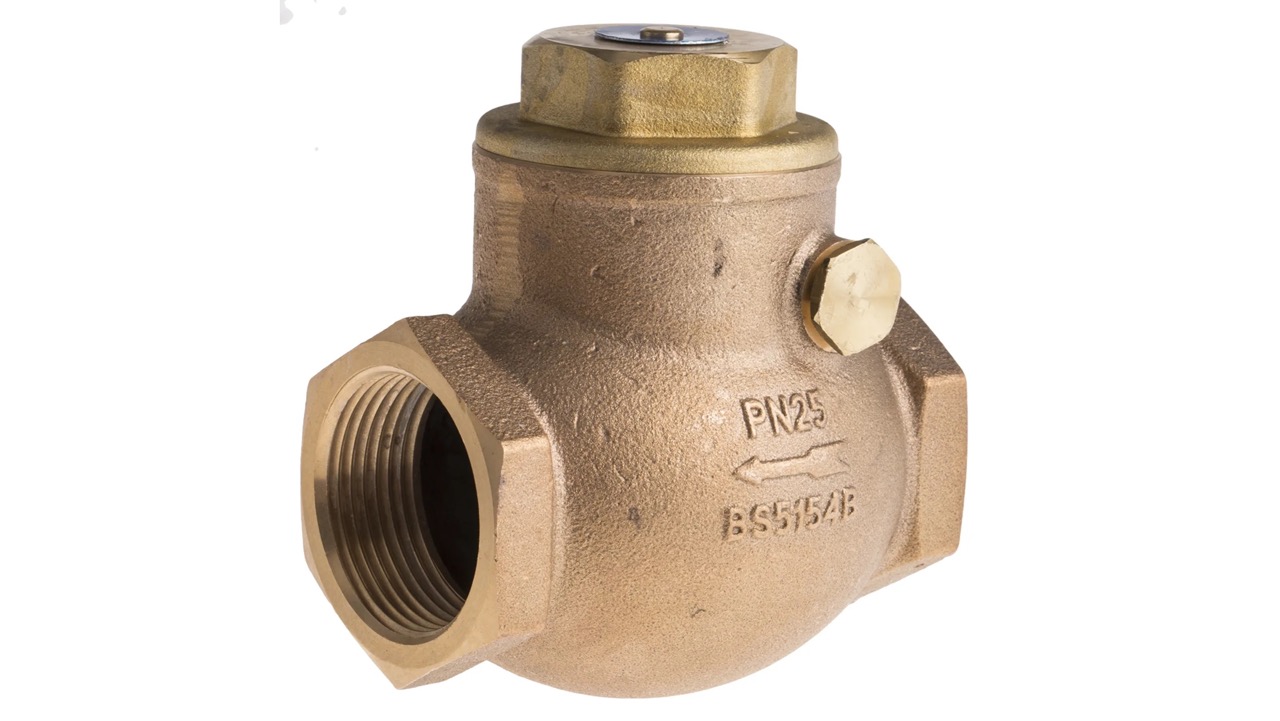
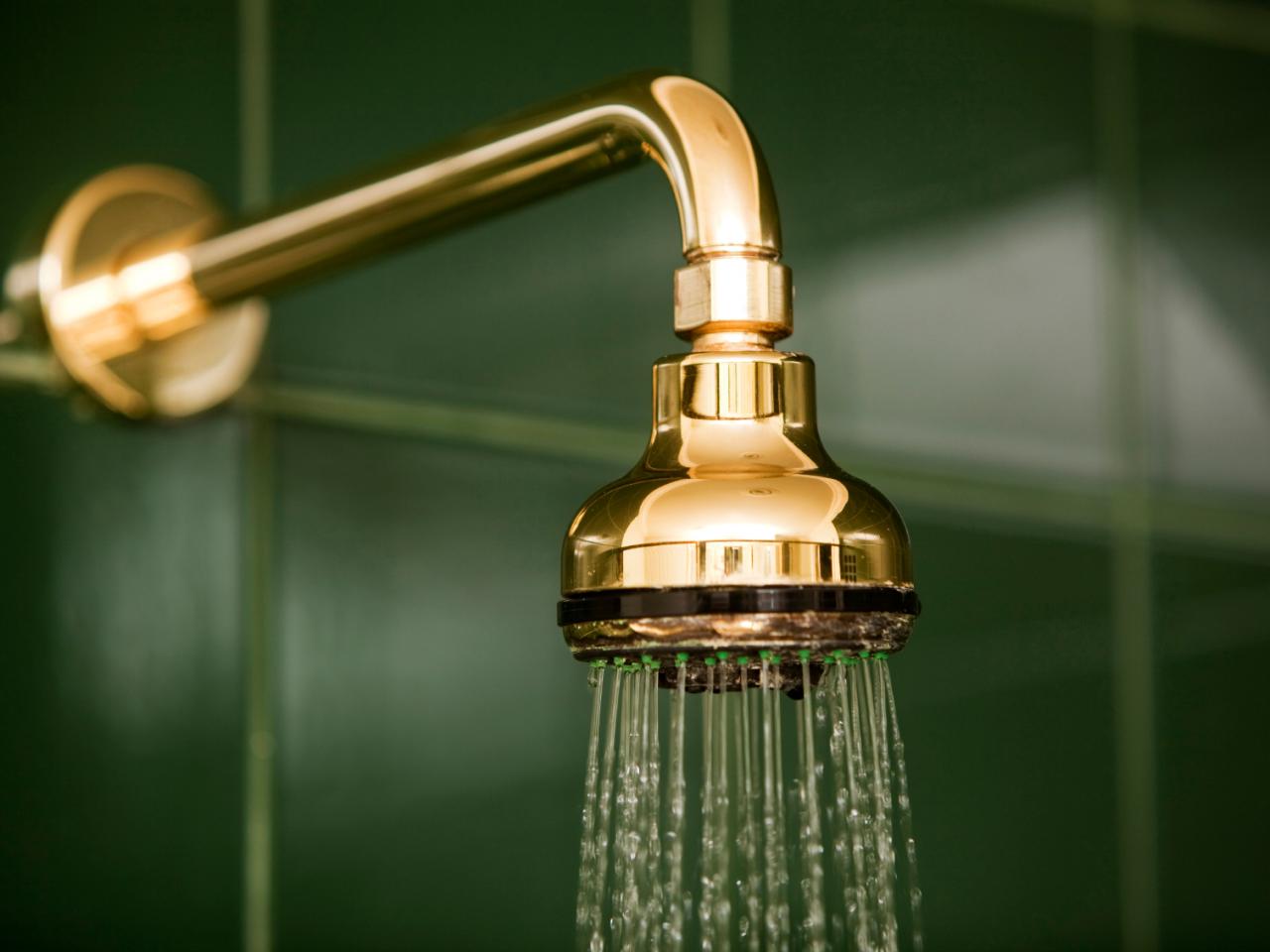
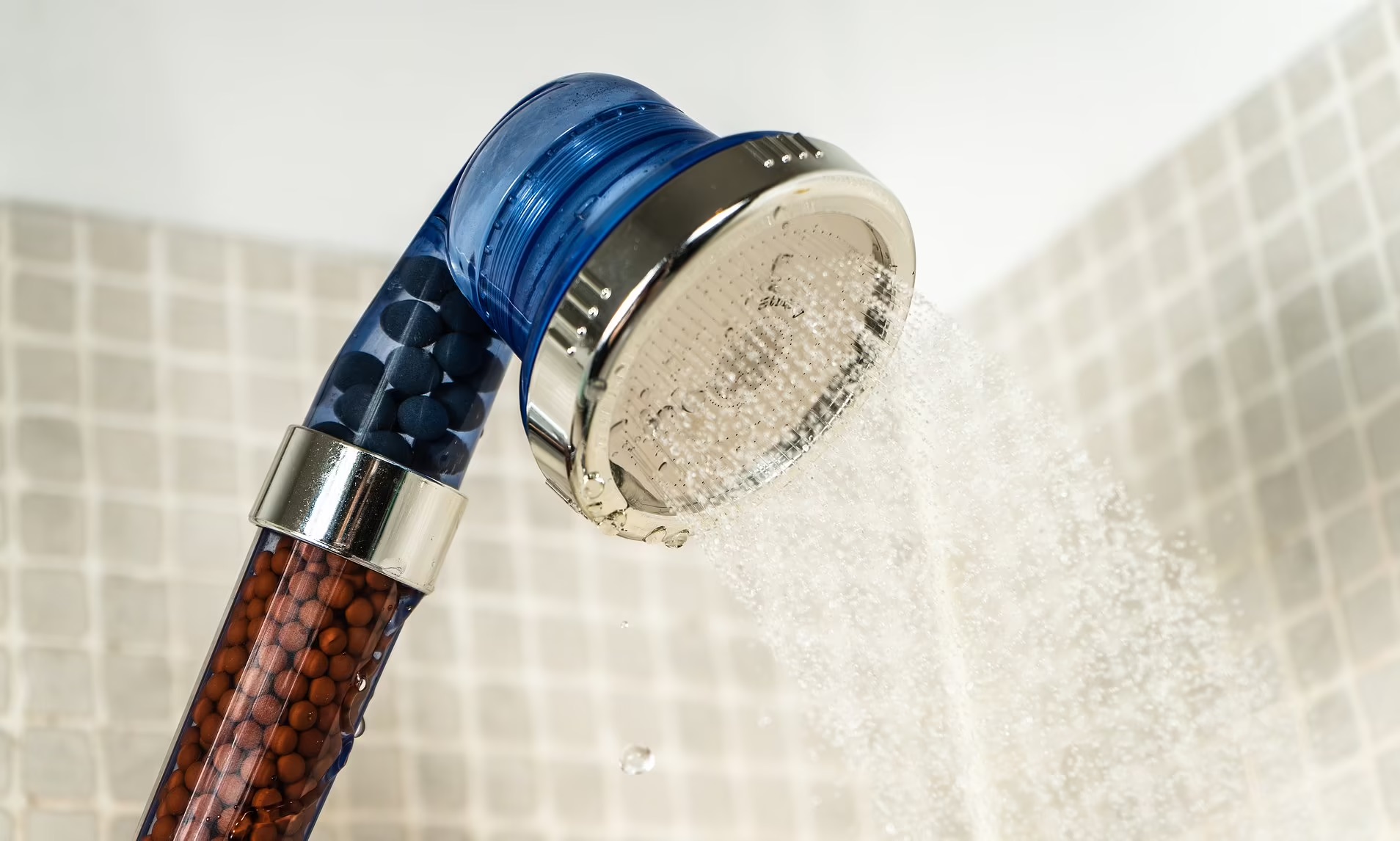
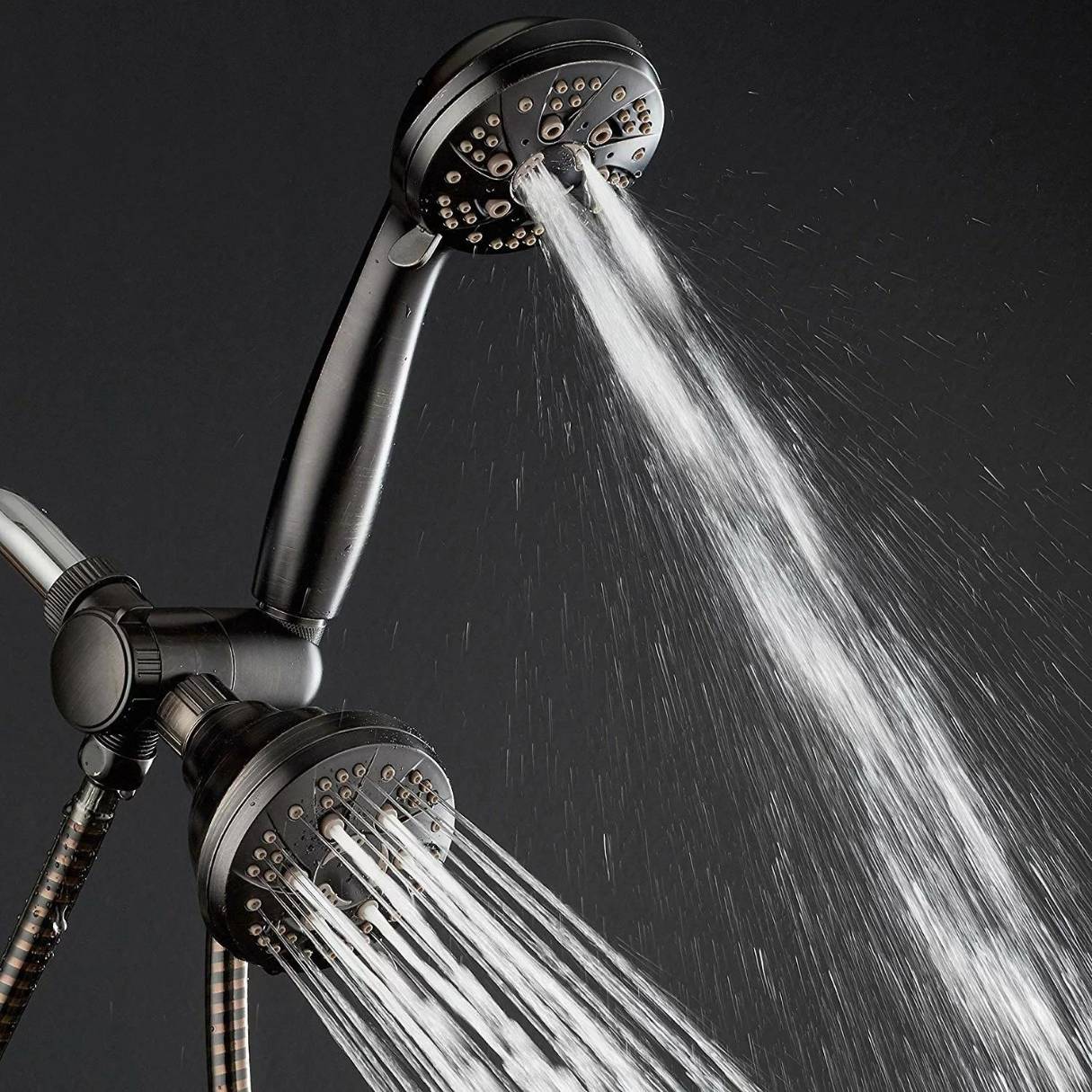
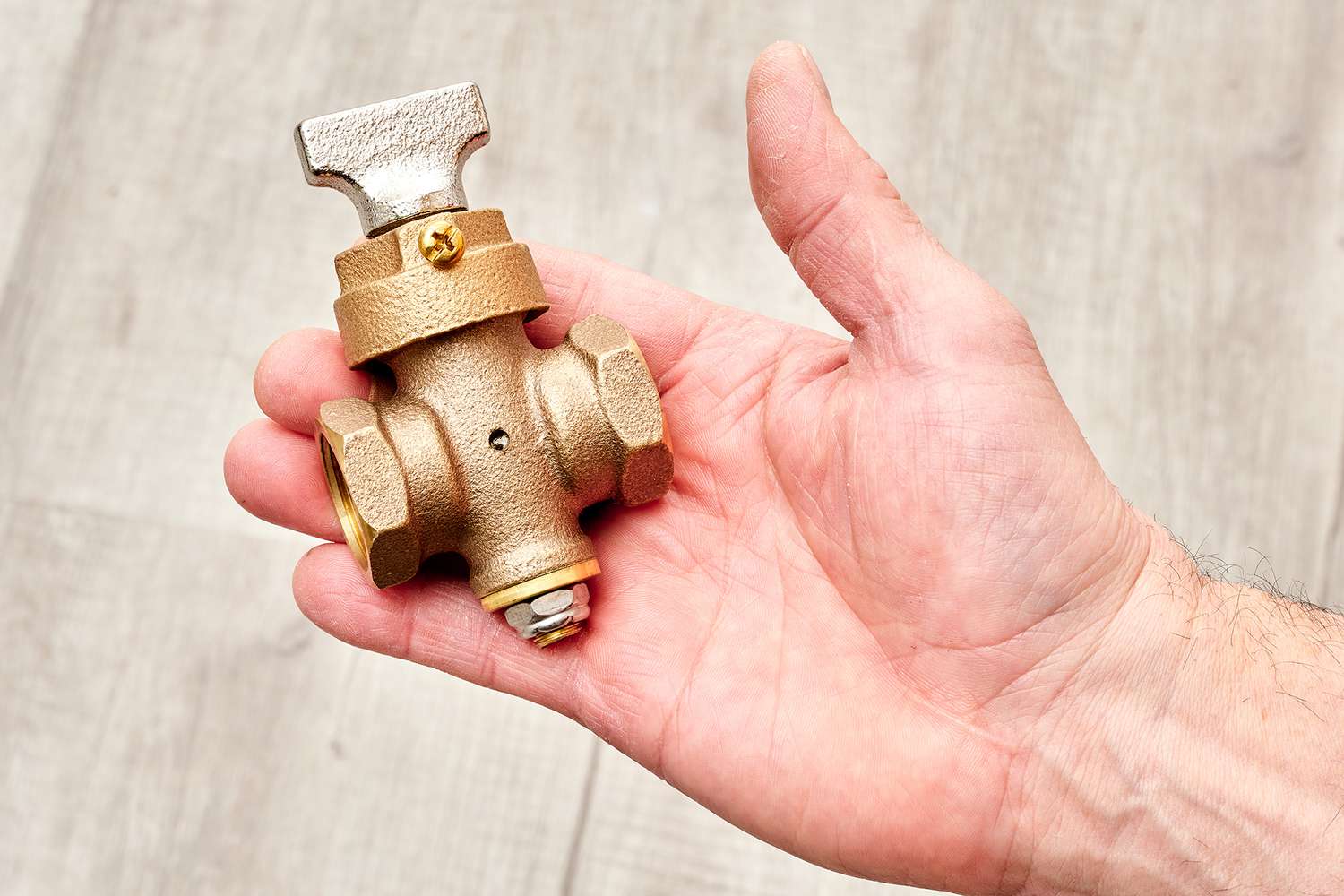

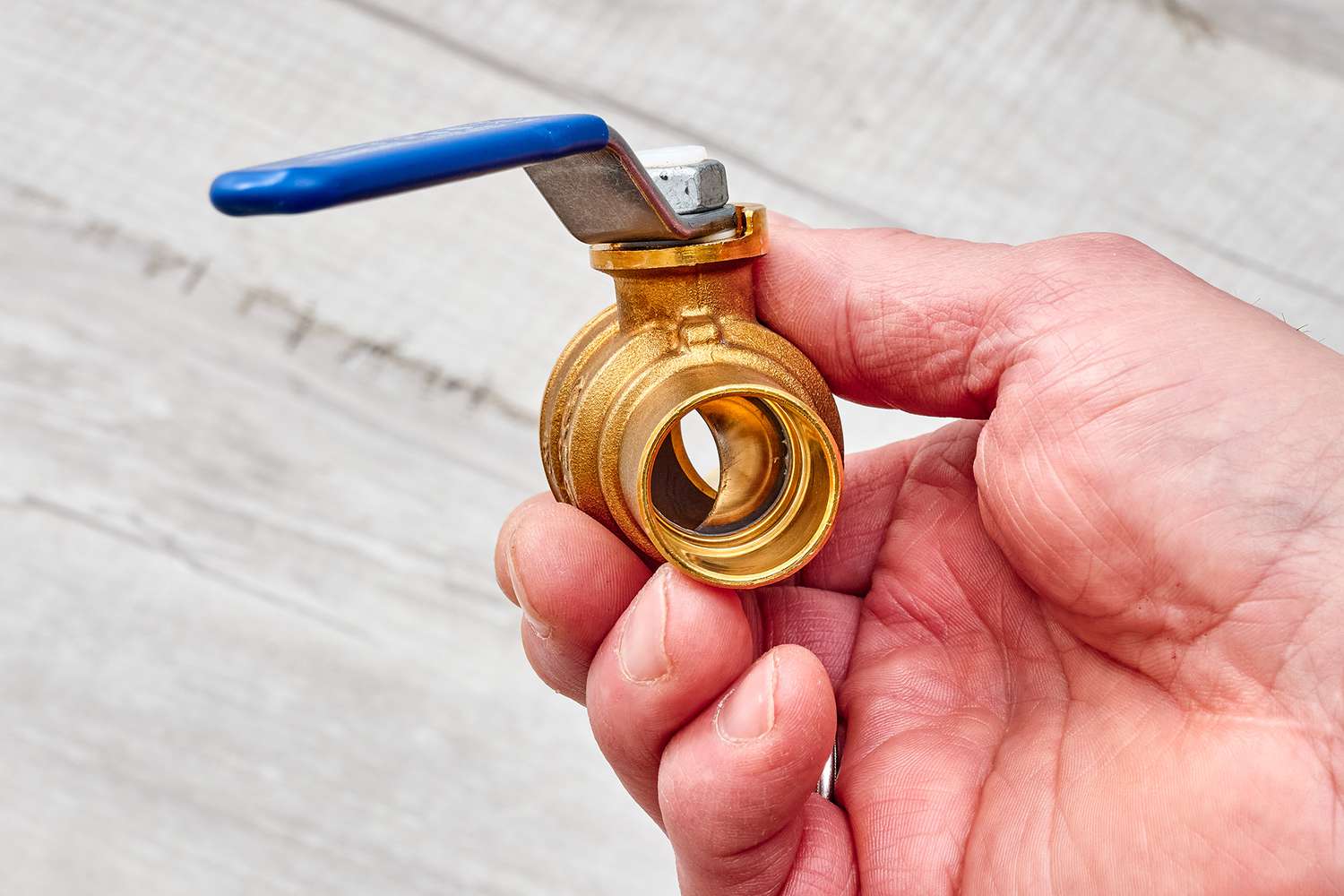

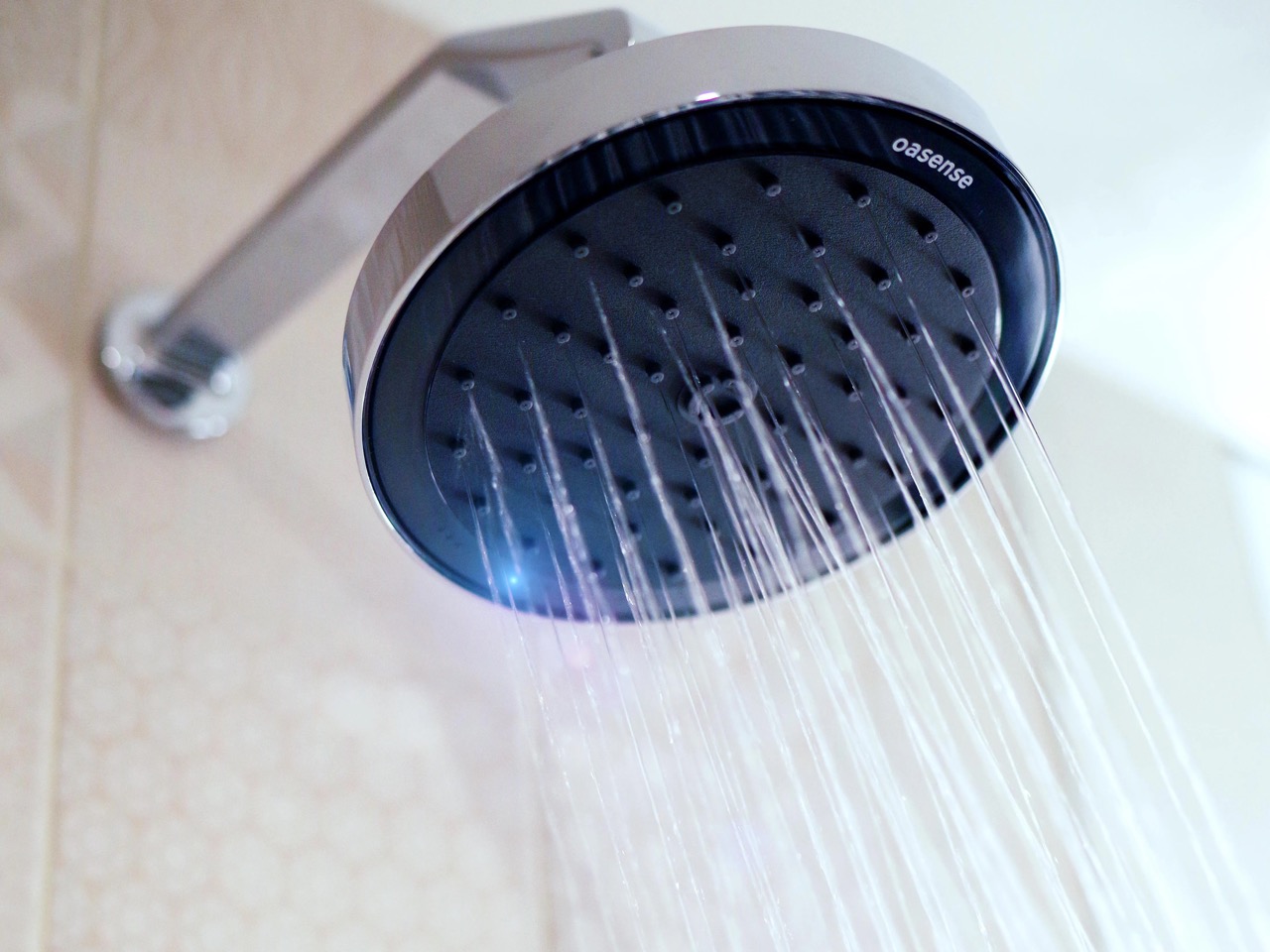
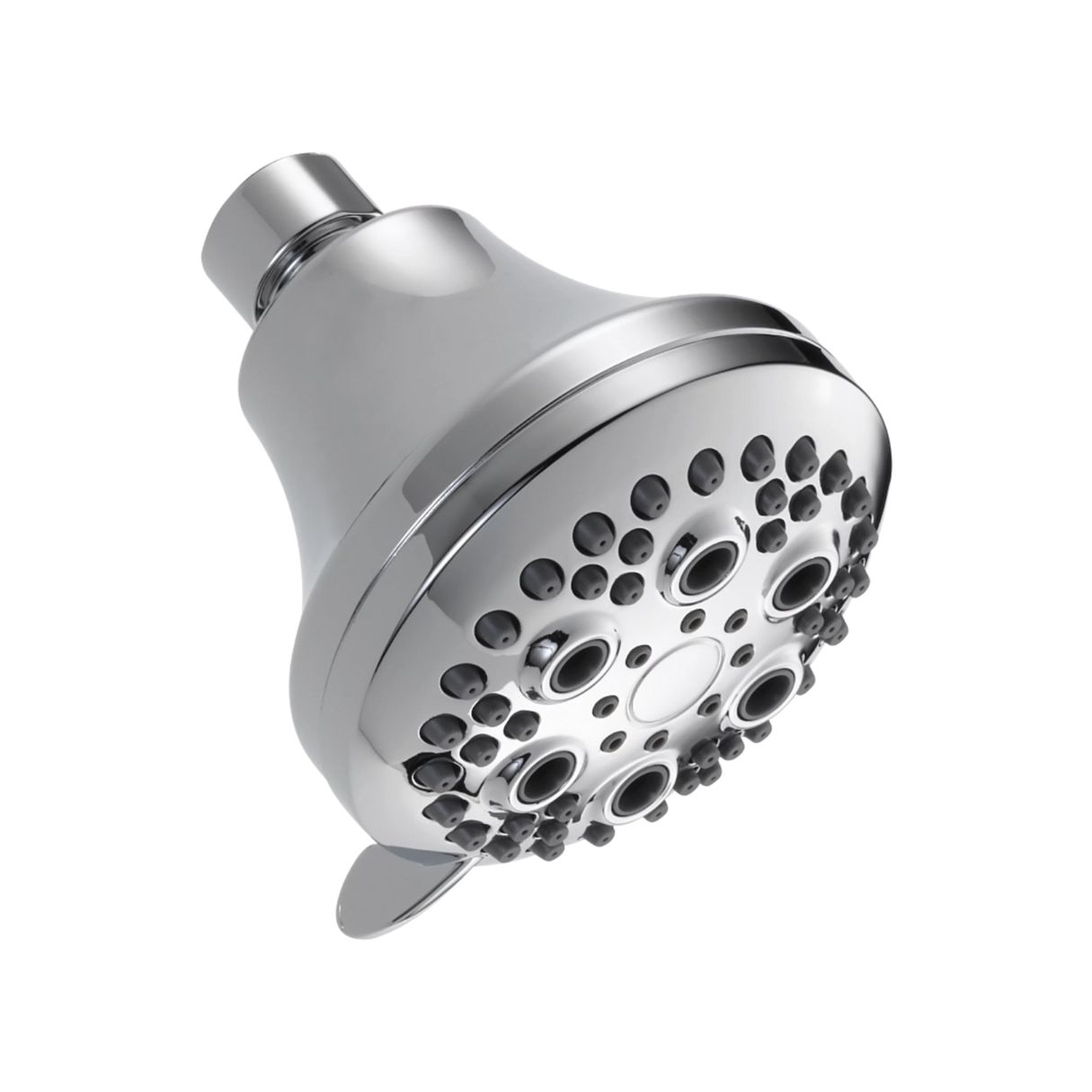
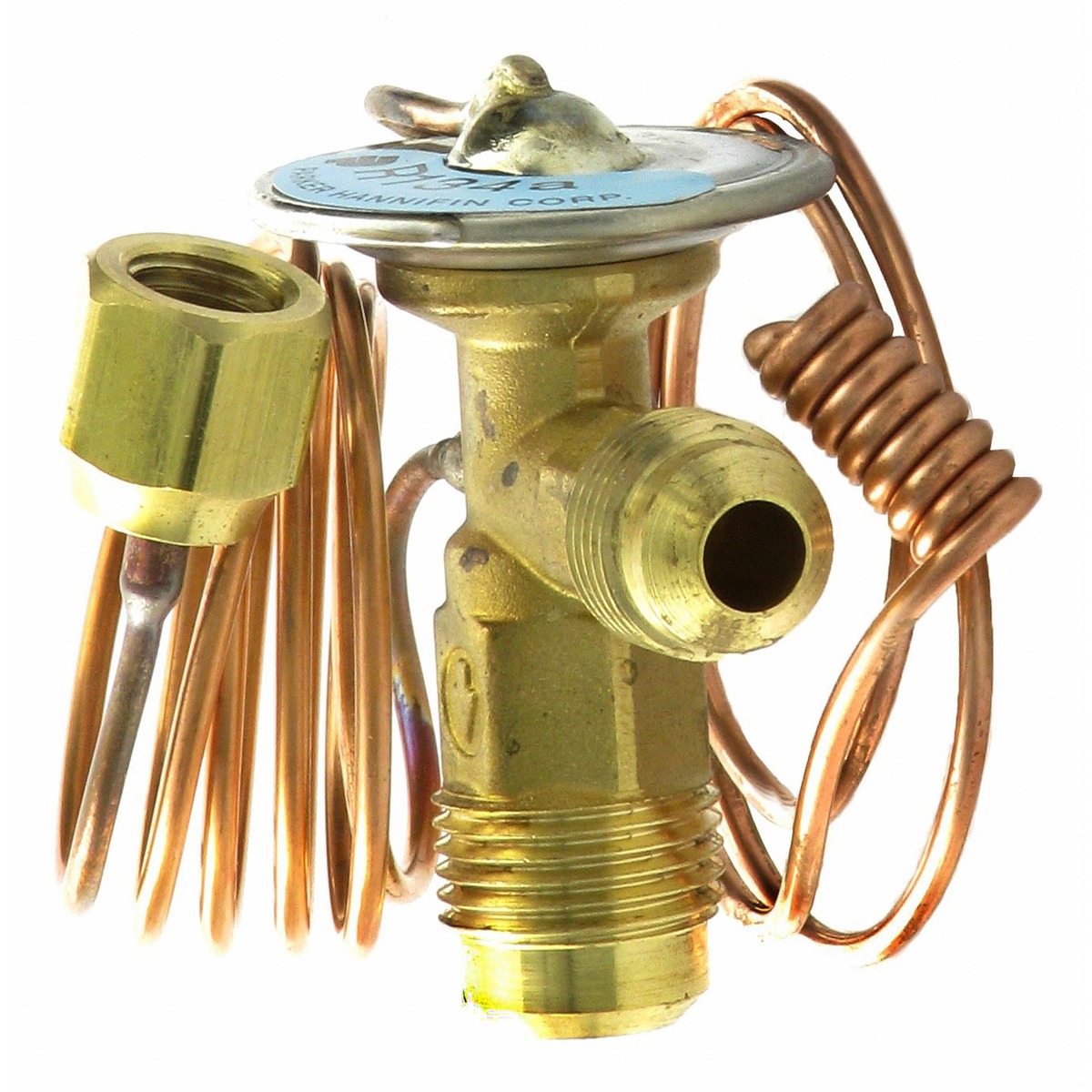
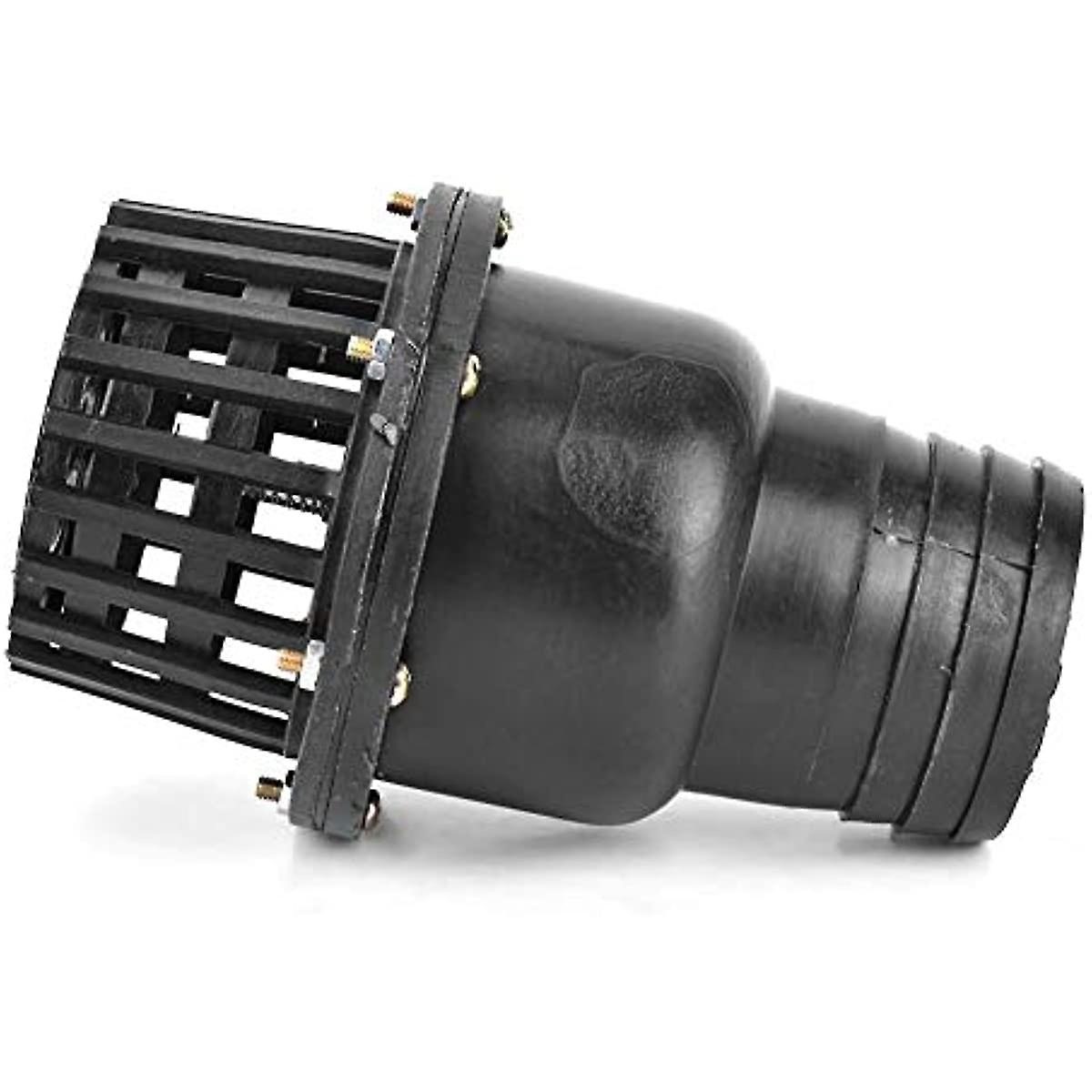
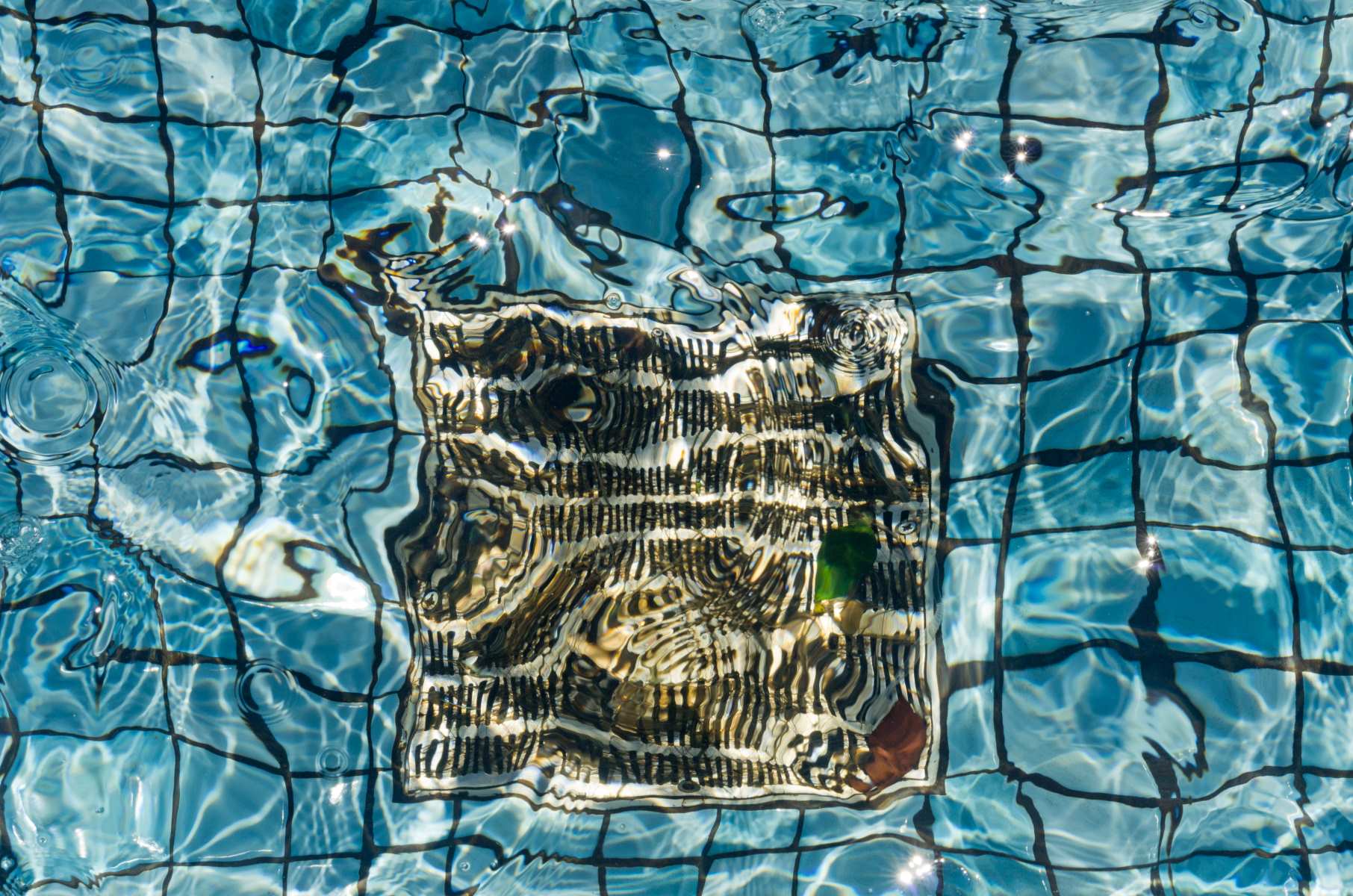

0 thoughts on “What Is A Trickle Valve On Showerhead”